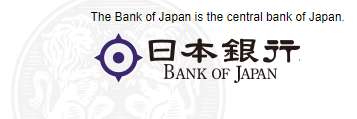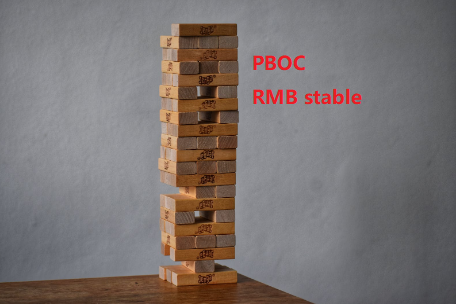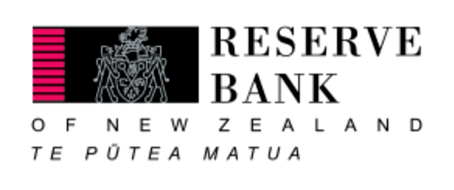Conventional policy gets PBOC's vote
China will ramp up credit support for the real economy and keep the value of its currency stable by sticking to conventional monetary policy, Yi Gang, the country's central bank governor, said on Friday.
Experts said Yi's remarks show the People's Bank of China, the country's central bank, has room to take further accommodative steps to effectively consolidate China's economic recovery, which is still under pressure from COVID-19 outbreaks and real estate slowdown.
"China has the conditions to maintain conventional monetary policy for as long as possible, safeguarding the stability of its currency's value," said Yi, delivering a report on China's financial development and regulation to the ongoing session of the Standing Committee of the National People's Congress, China's top legislature, for review.
"Since the COVID-19 outbreak, China has not resorted to unconventional monetary policy adjustments such as quantitative easing and negative interest rates, making it one of the few major economies that are implementing conventional monetary policy," Yi said.
China's interest rates are considered to be at the medium level in a global context and at low level among major developing economies. This has helped ensure stable price levels and effectively promoted economic growth, Yi said.
Looking ahead, the PBOC will keep liquidity reasonably ample to beef up credit support for the real economy, deepen interest rate reforms to tamp down real interest rates facing companies and individuals and strengthen expectation management to keep the renminbi exchange rate generally stable, he said.
Conventional monetary policy refers to using standard, traditional monetary tools like the adjustment of interest rates and reserve requirement ratios.
This concept contrasts with unconventional monetary policy, which uses nonstandard tools like quantitative easing to help iron out business cycles. Unconventional monetary policy has been increasingly adopted globally as the space for traditional measures is used up or considered inadequate to stimulate the economy.
Yi's remarks indicate the PBOC still has adequate standard monetary policy tools like an RRR cut at its disposal to solidify China's economic recovery, while aggressive money printing that could deflate the renminbi remains unlikely, experts said.
"The country enjoys some policy space, such that monetary and fiscal accommodation can be maintained, and there is scope for more vigorous support targeted to vulnerable households," the International Monetary Fund said in its Regional Economic Outlook: Asia and the Pacific, released on Friday.
Ye Yindan, a researcher at the Bank of China Research Institute, said the country is expected to maintain stable financial conditions in the coming months, with an RRR reduction as one of the possible measures to keep liquidity reasonably ample.
To ramp up support for the real economy, banks will be encouraged to boost credit expansion and drive new market demand with innovative financial services, PBOC Governor Yi said.
Efforts will be made to ensure capital for major projects is in place as soon as possible to support infrastructure construction, Yi said, adding the country will maintain steady and orderly financing for the real estate sector.
The country's outstanding loans to real estate development reached 12.67 trillion yuan ($1.75 trillion) as of the end of September, up 2.2 percent year-on-year, marking an acceleration from a 0.2 decrease seen a quarter earlier, PBOC data showed on Friday.
Yi said the country will also study unveiling laws and regulations relating to e-CNY, China's central bank digital currency, expand trials of real estate investment trusts, and deepen high-standard financial opening-up by making investments in the country's financial markets easier





















































First, please LoginComment After ~